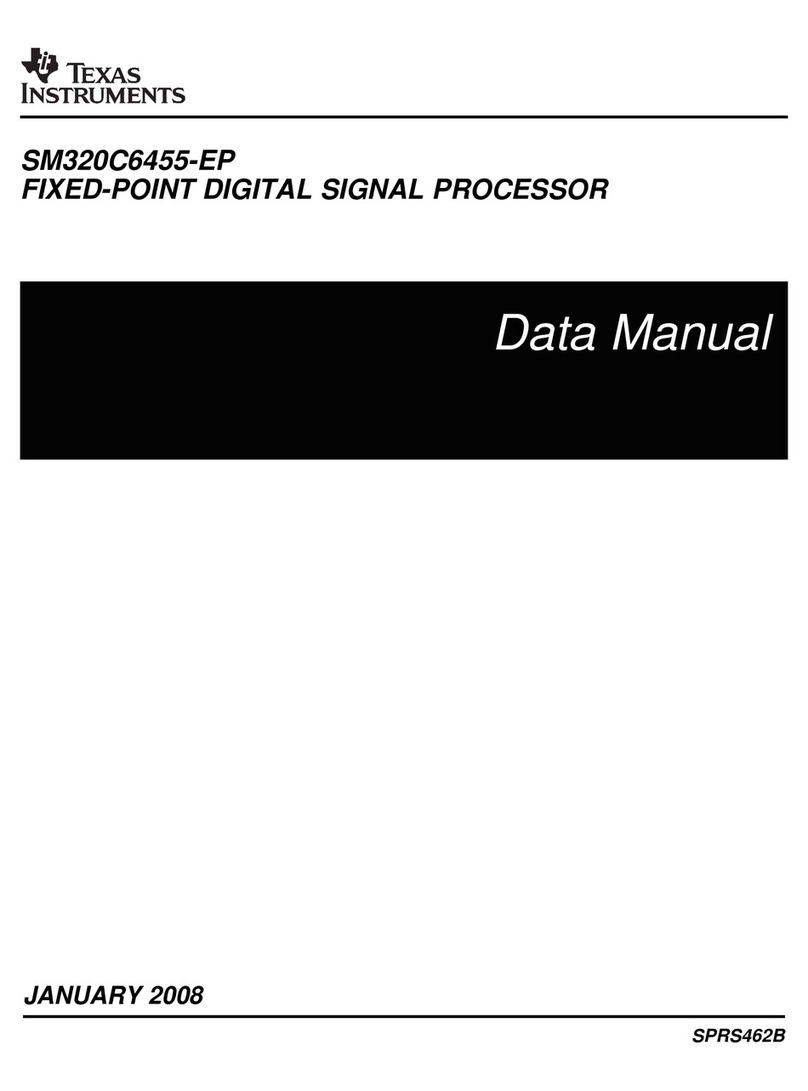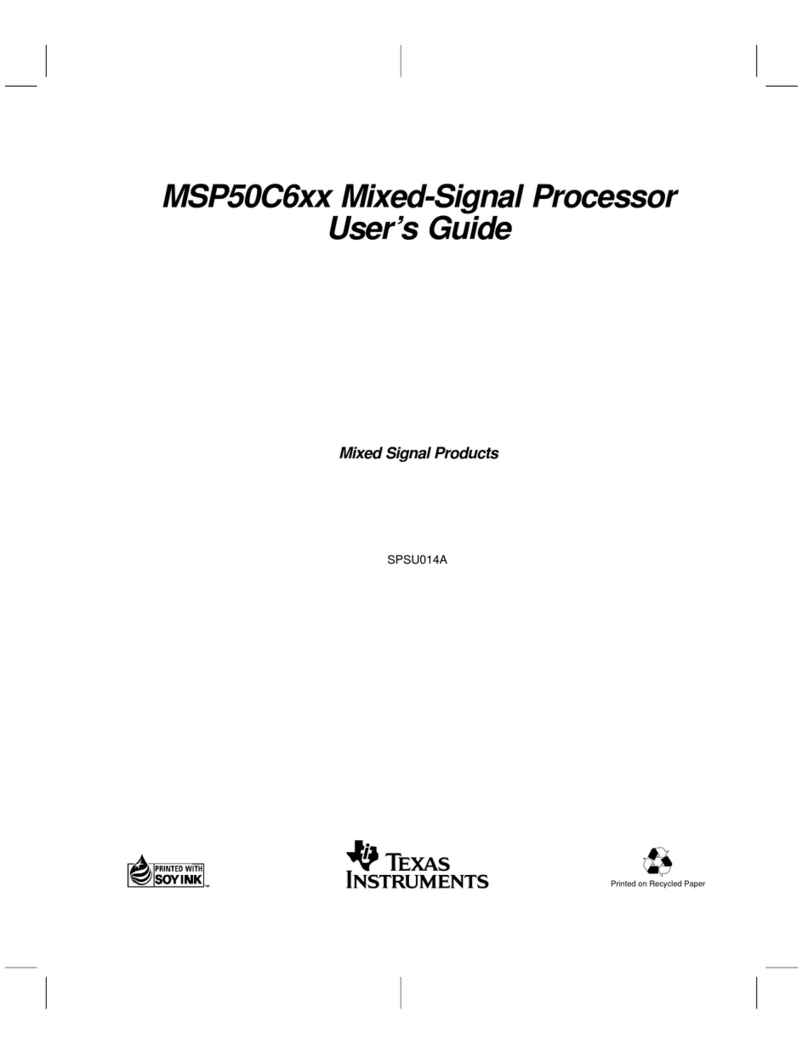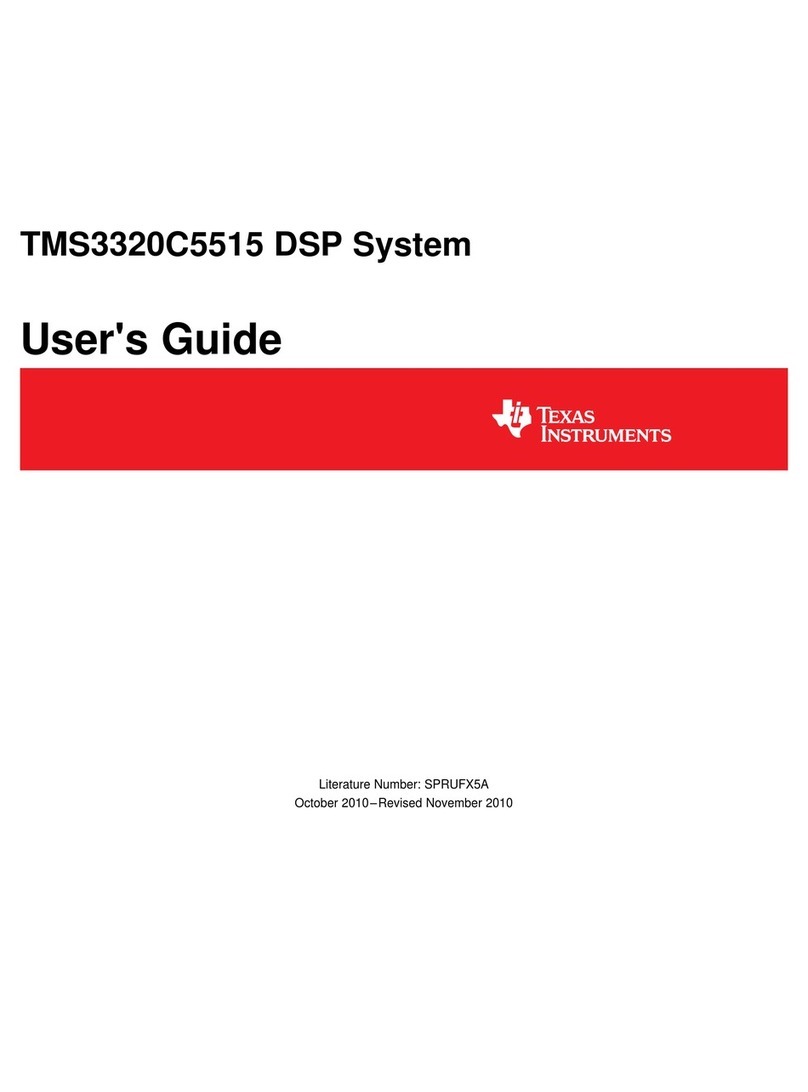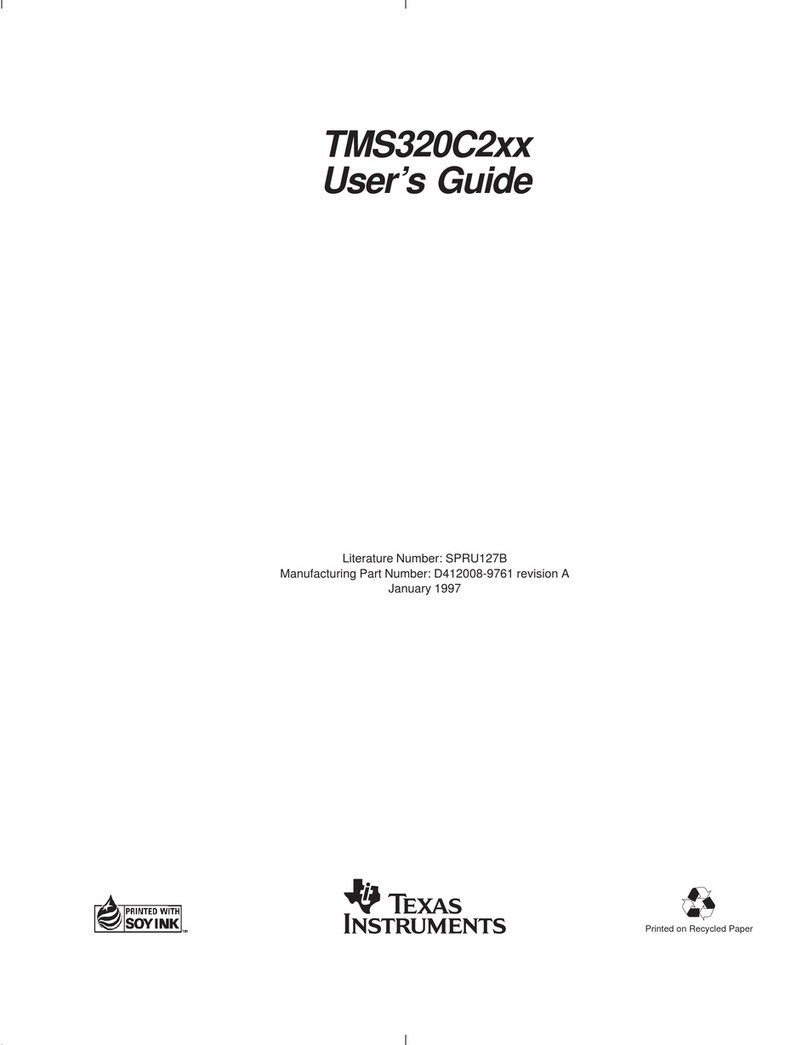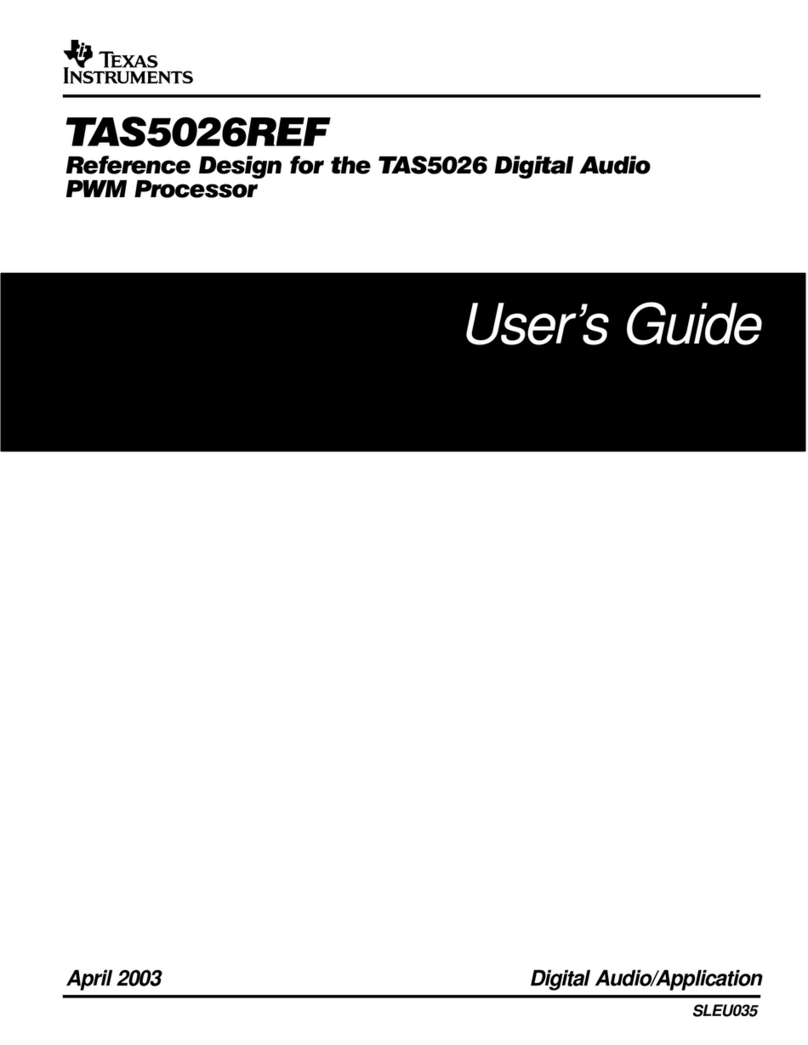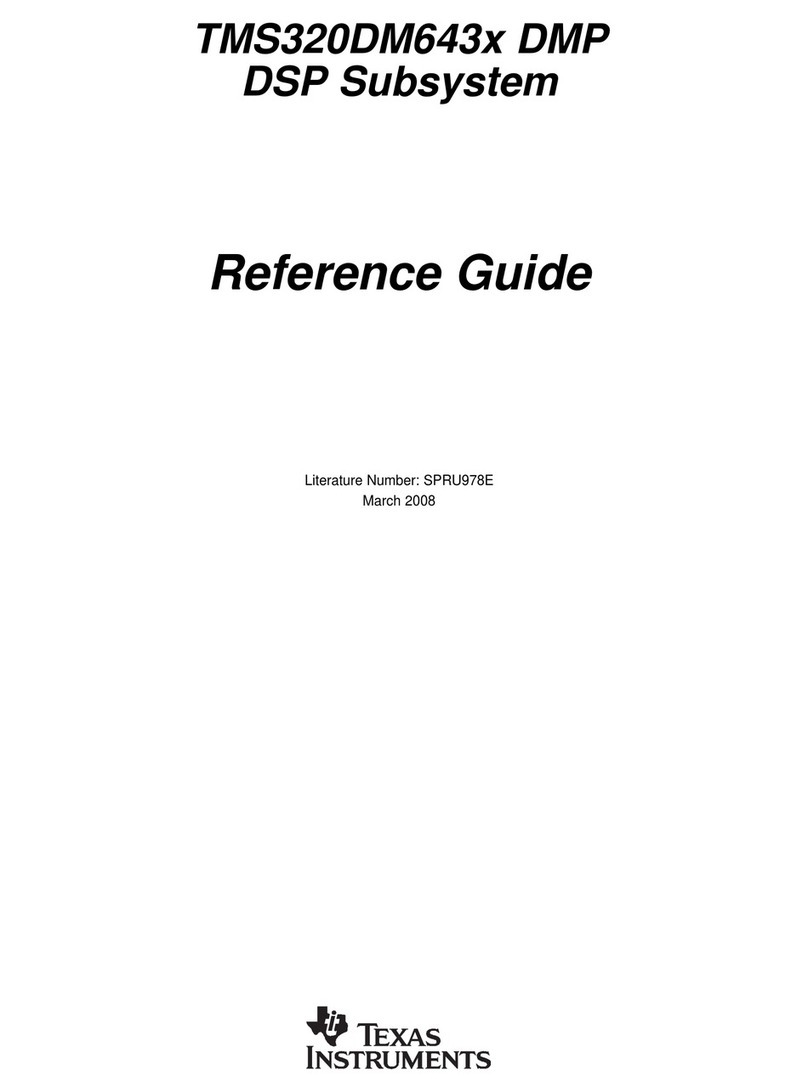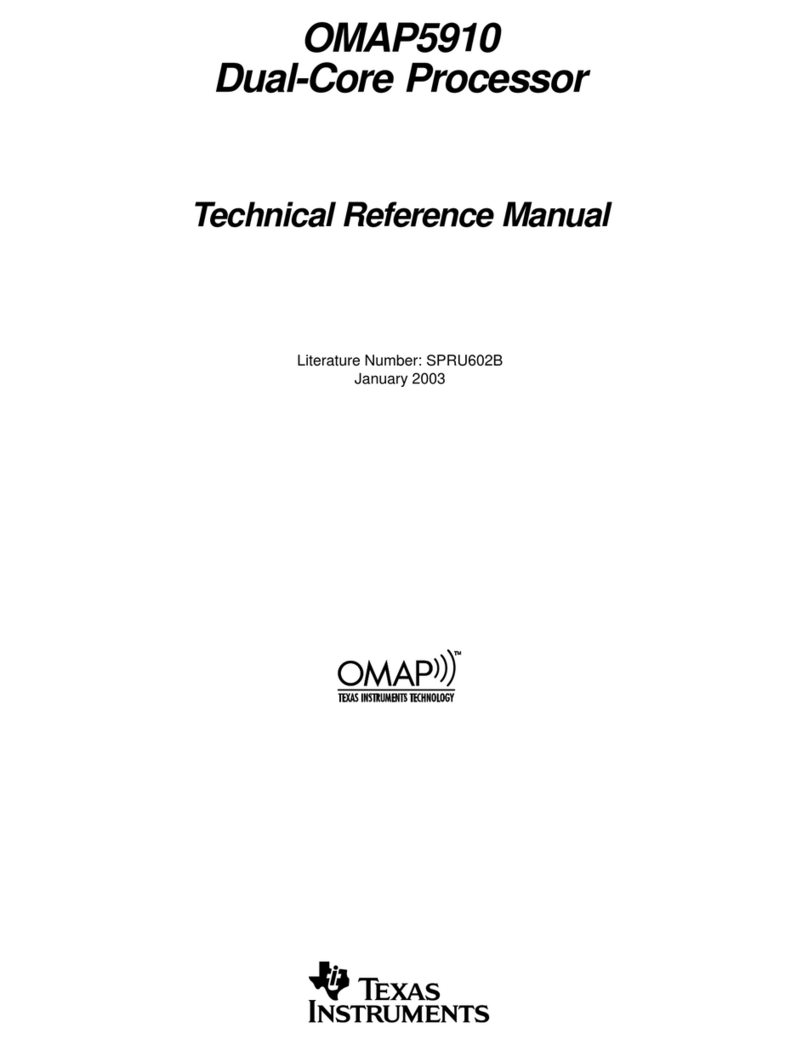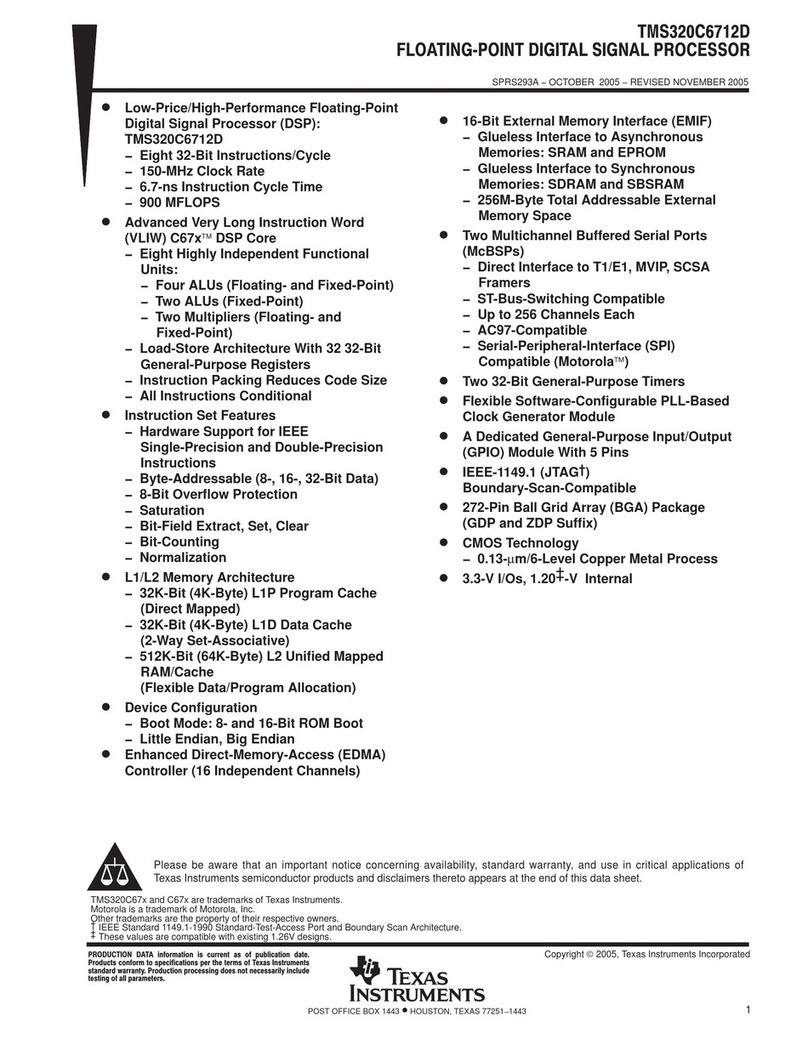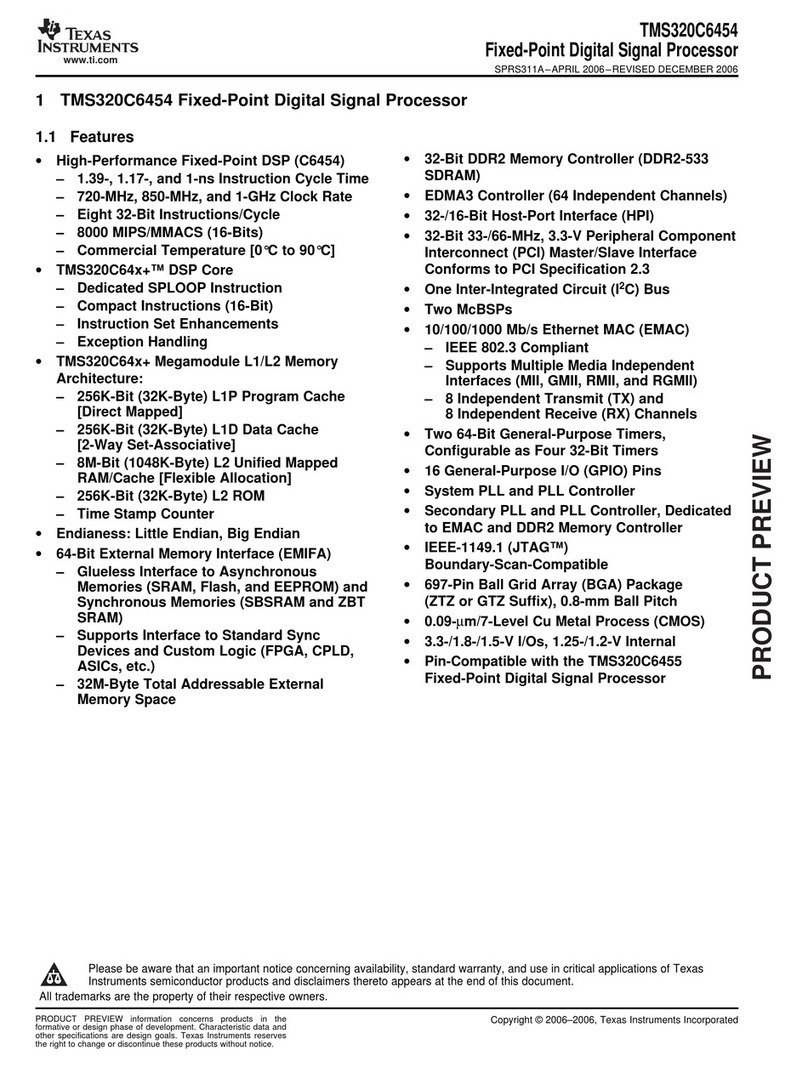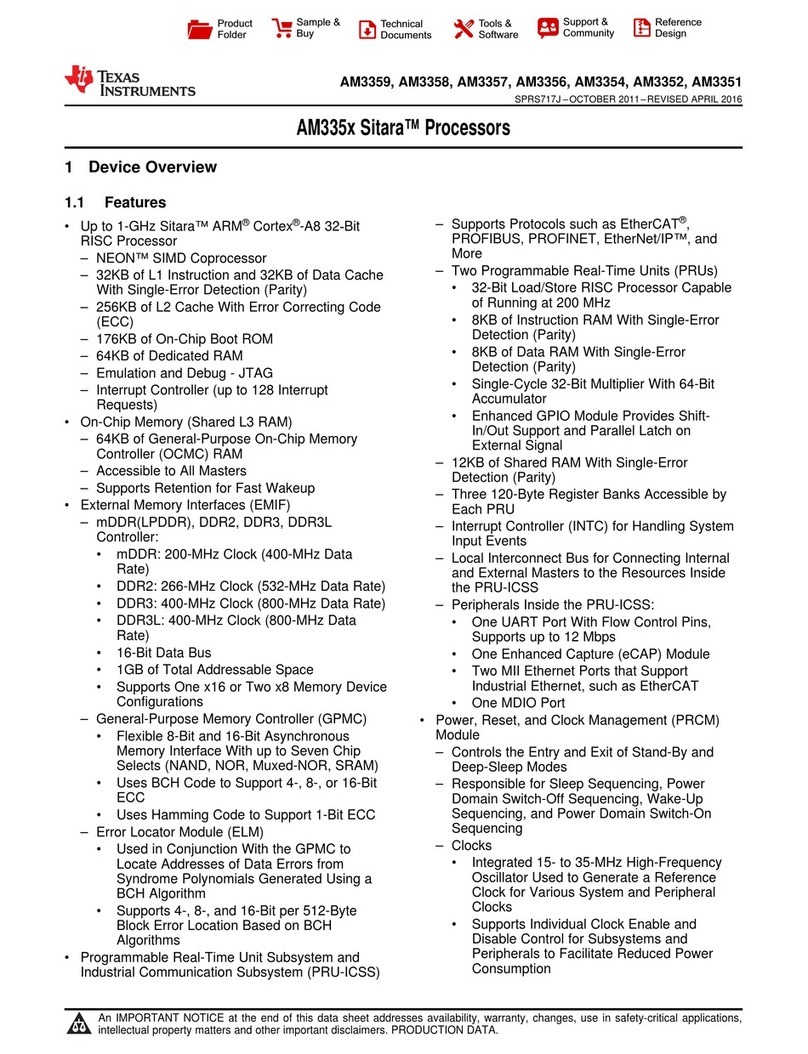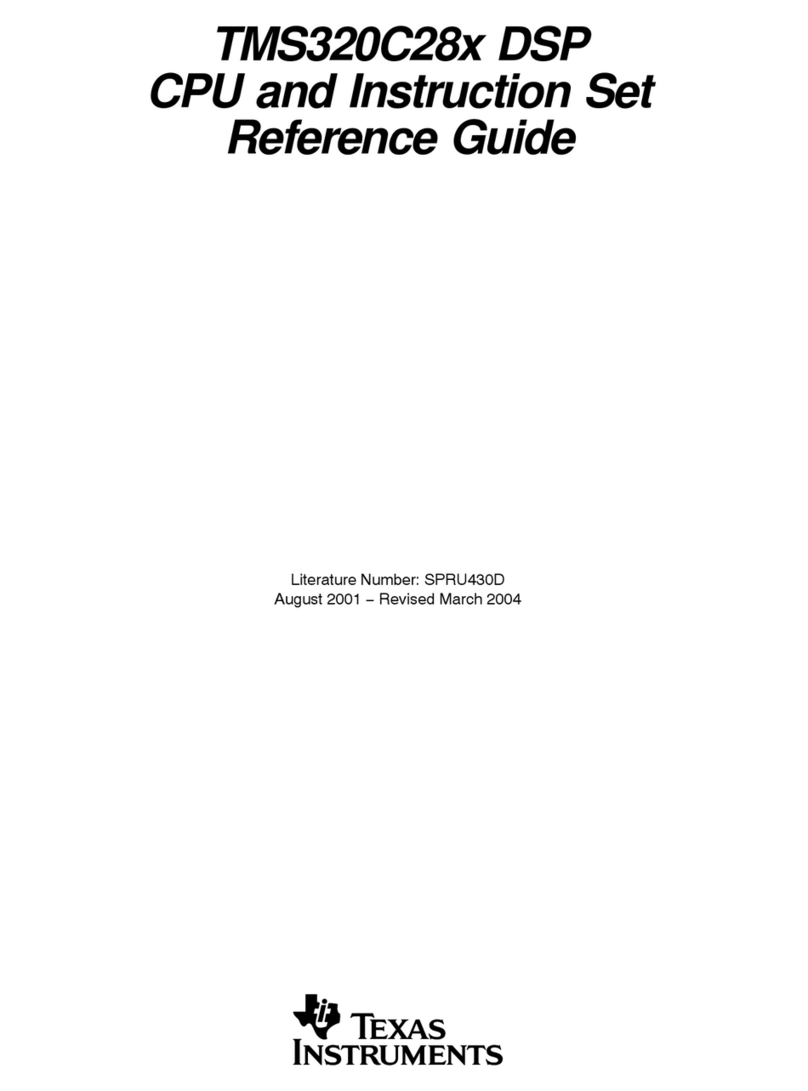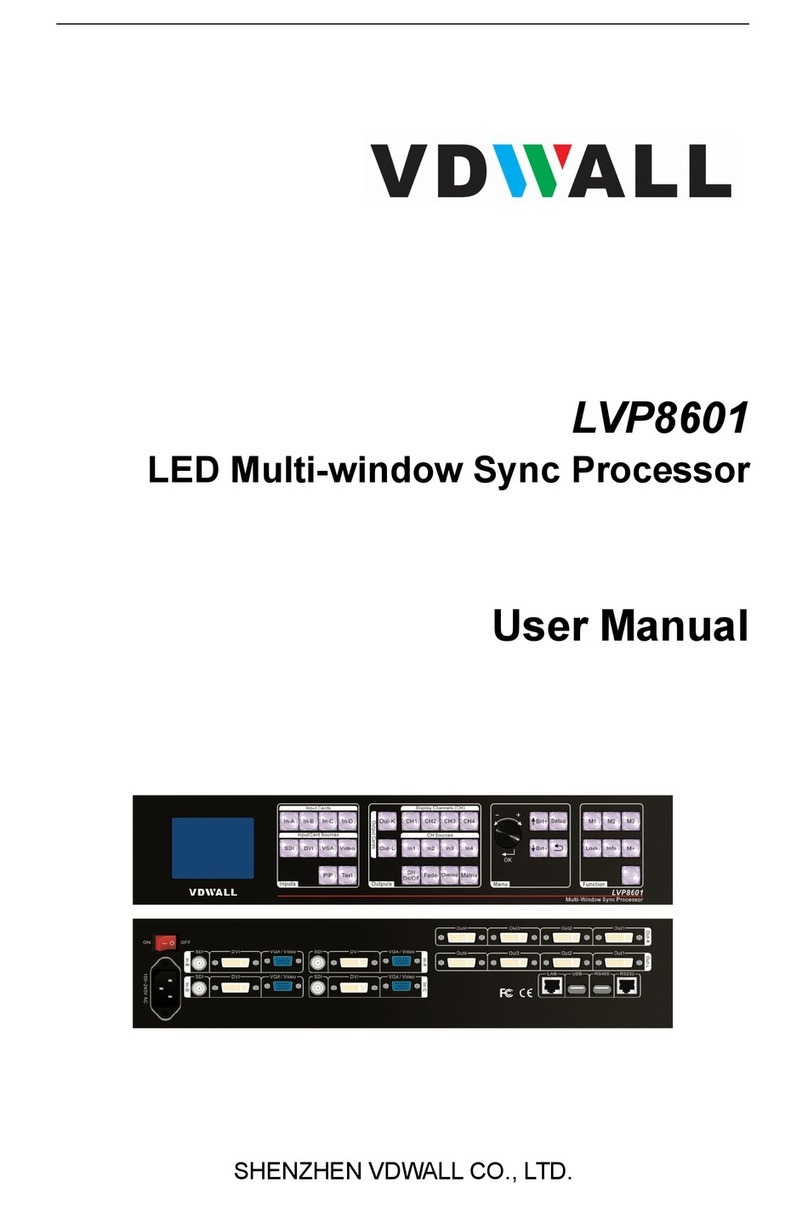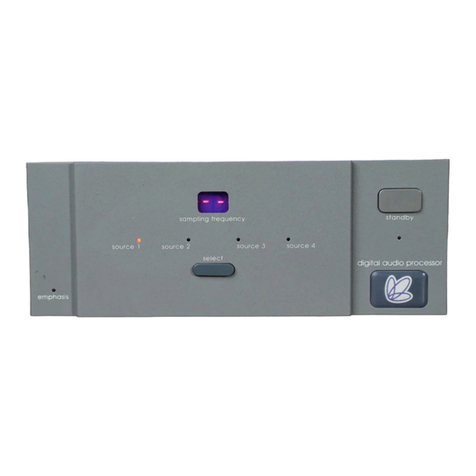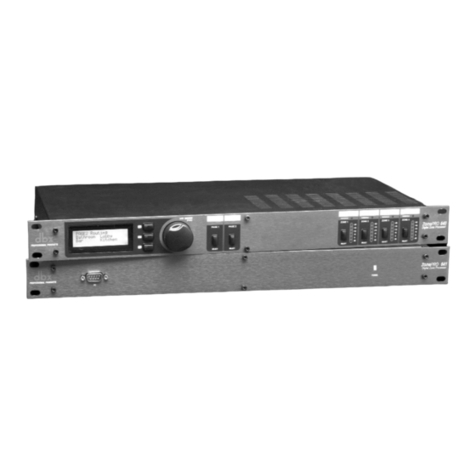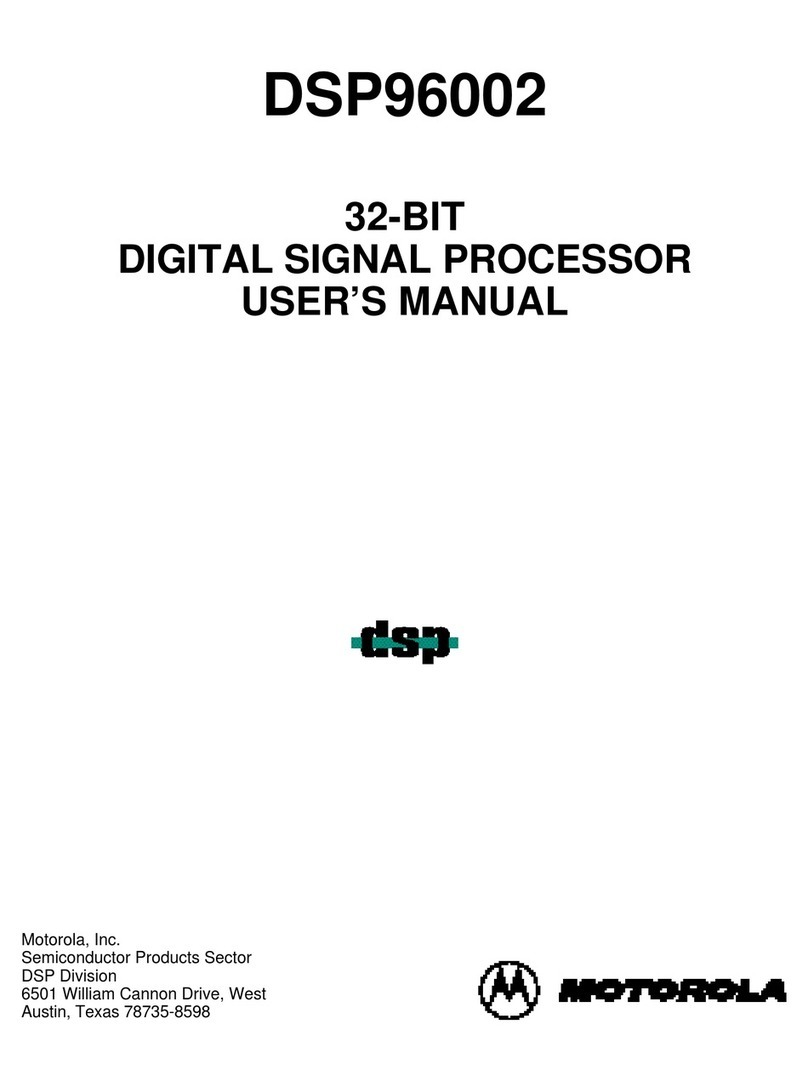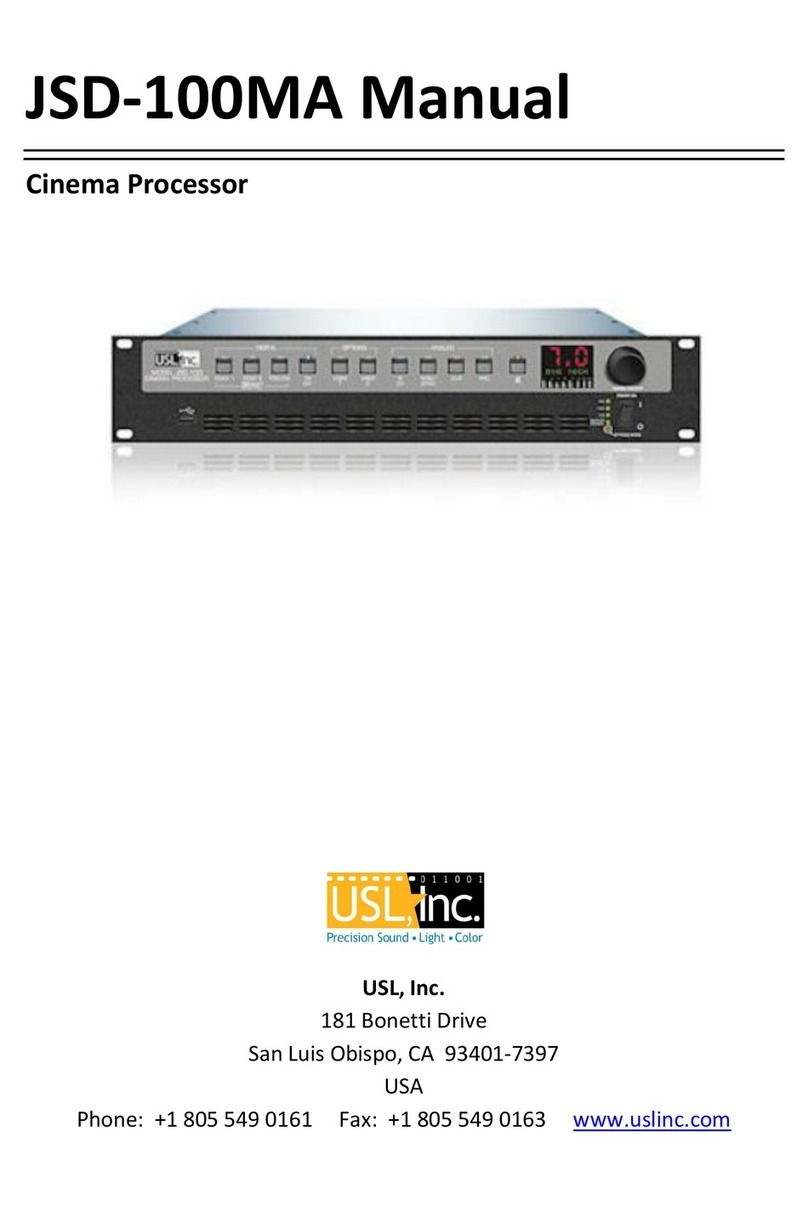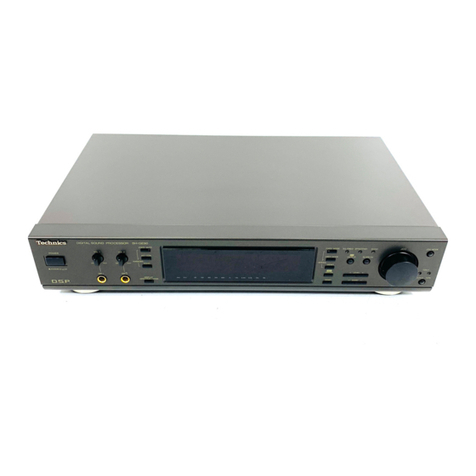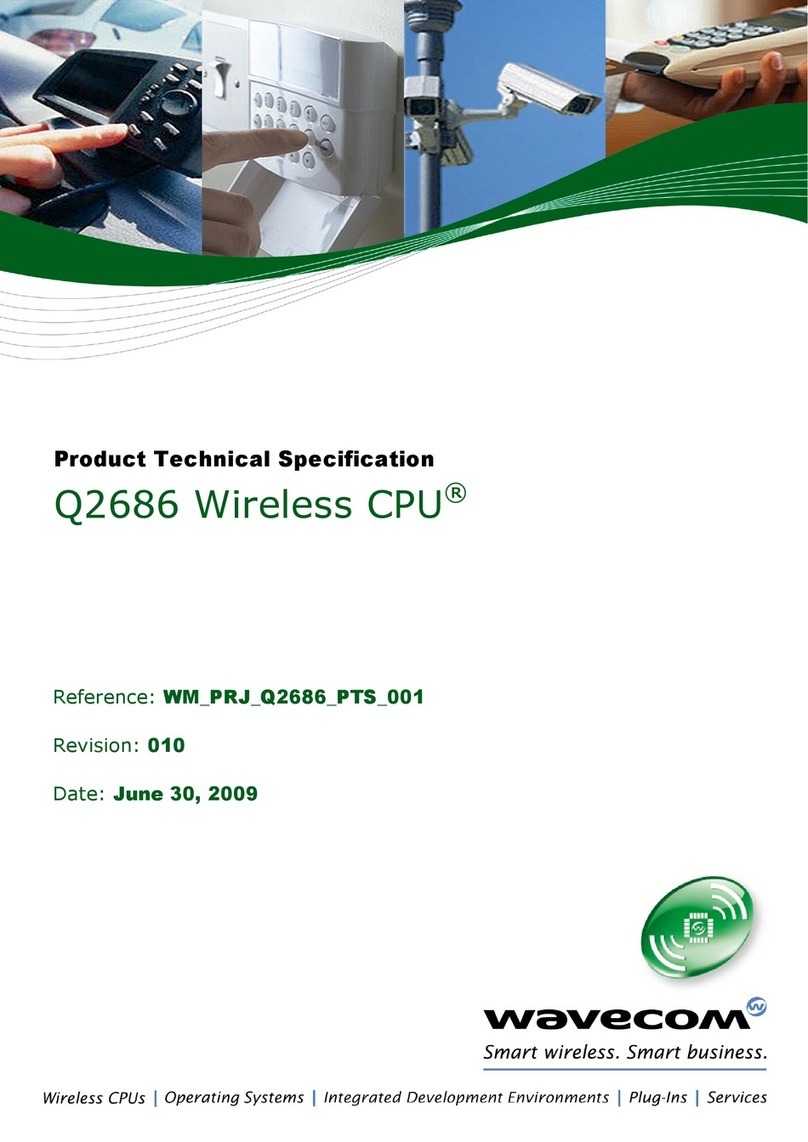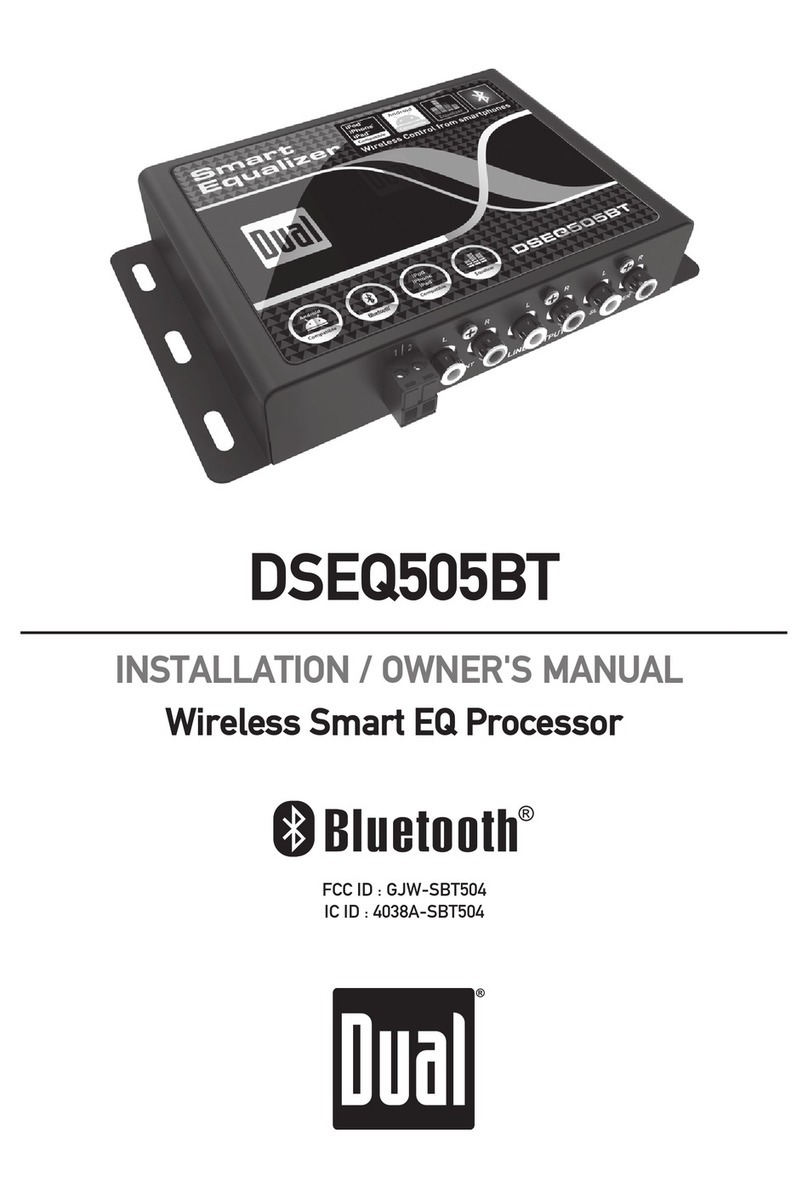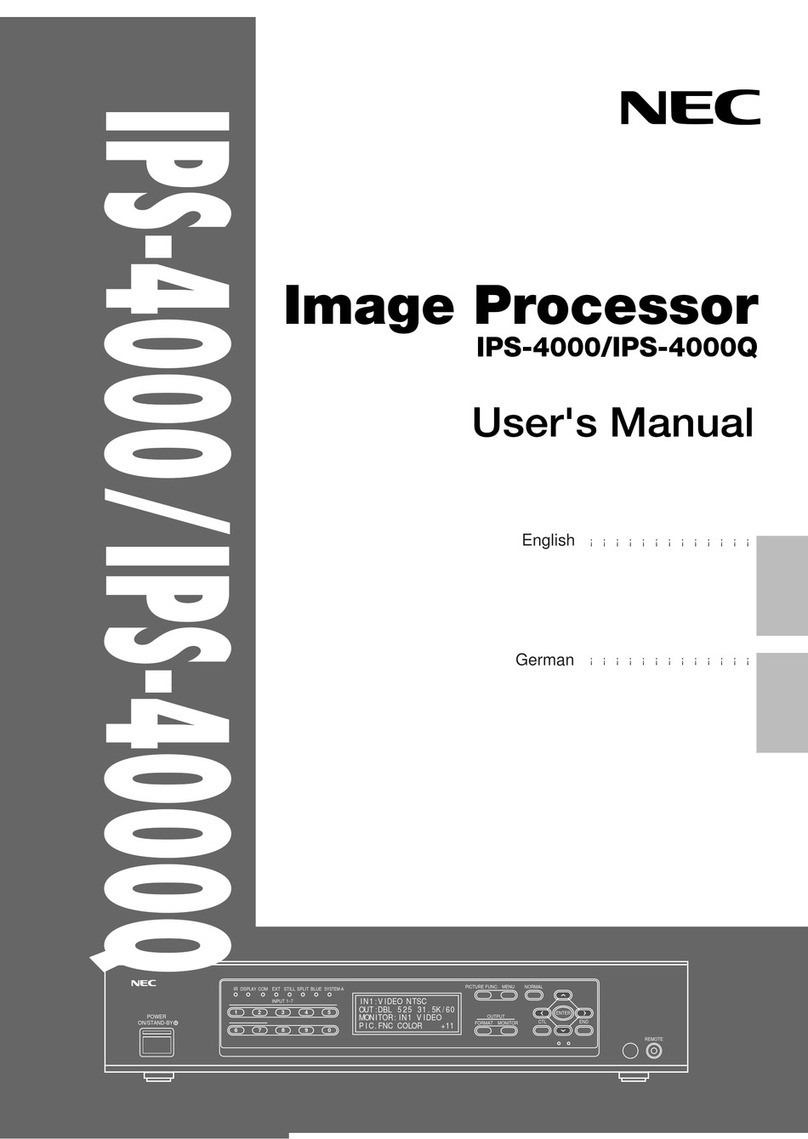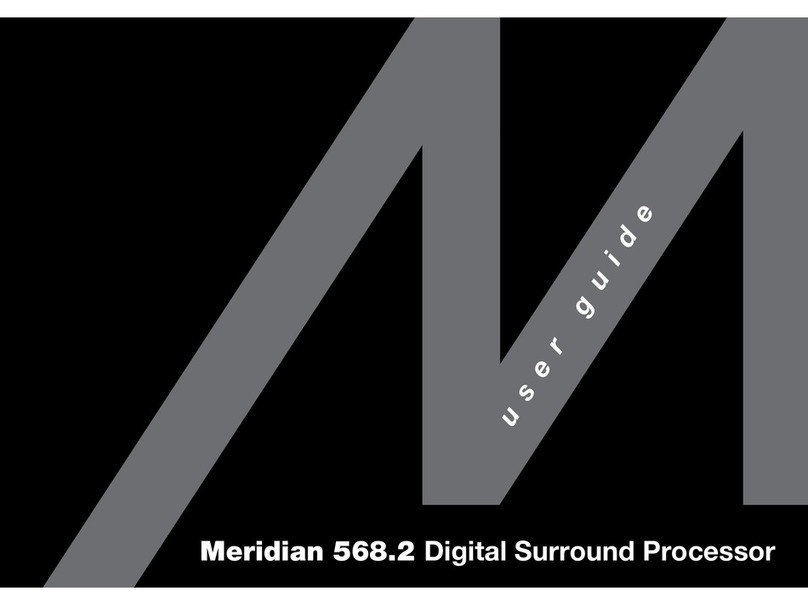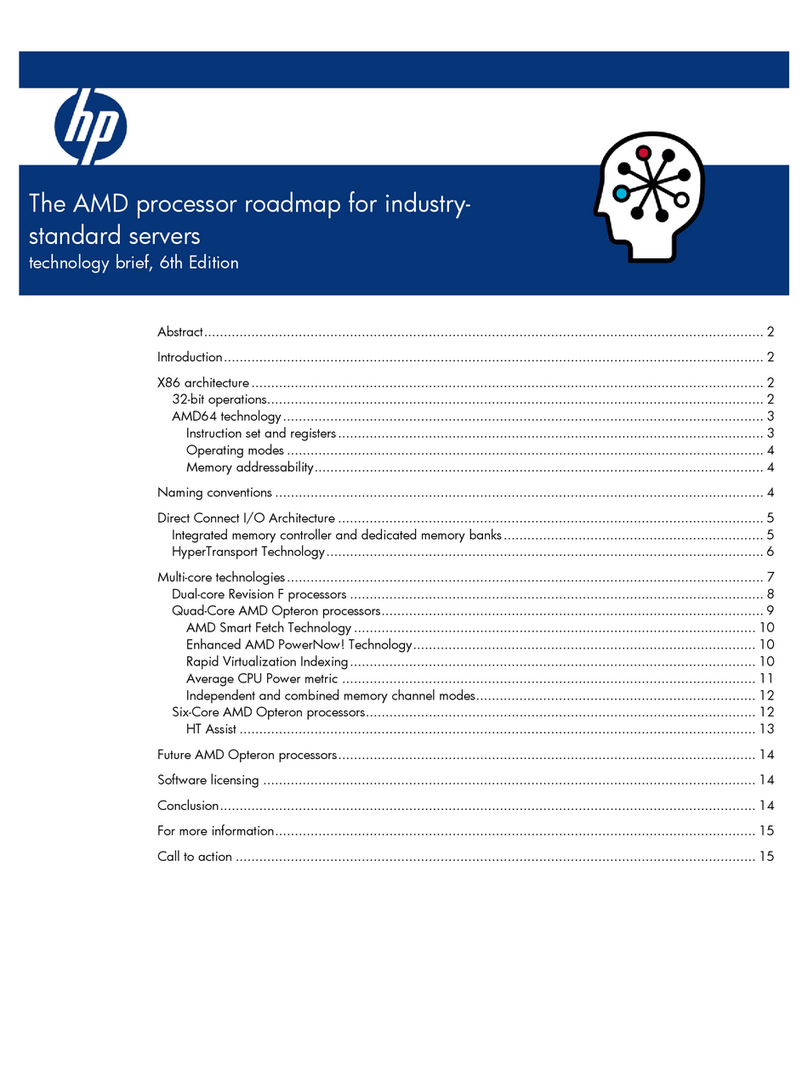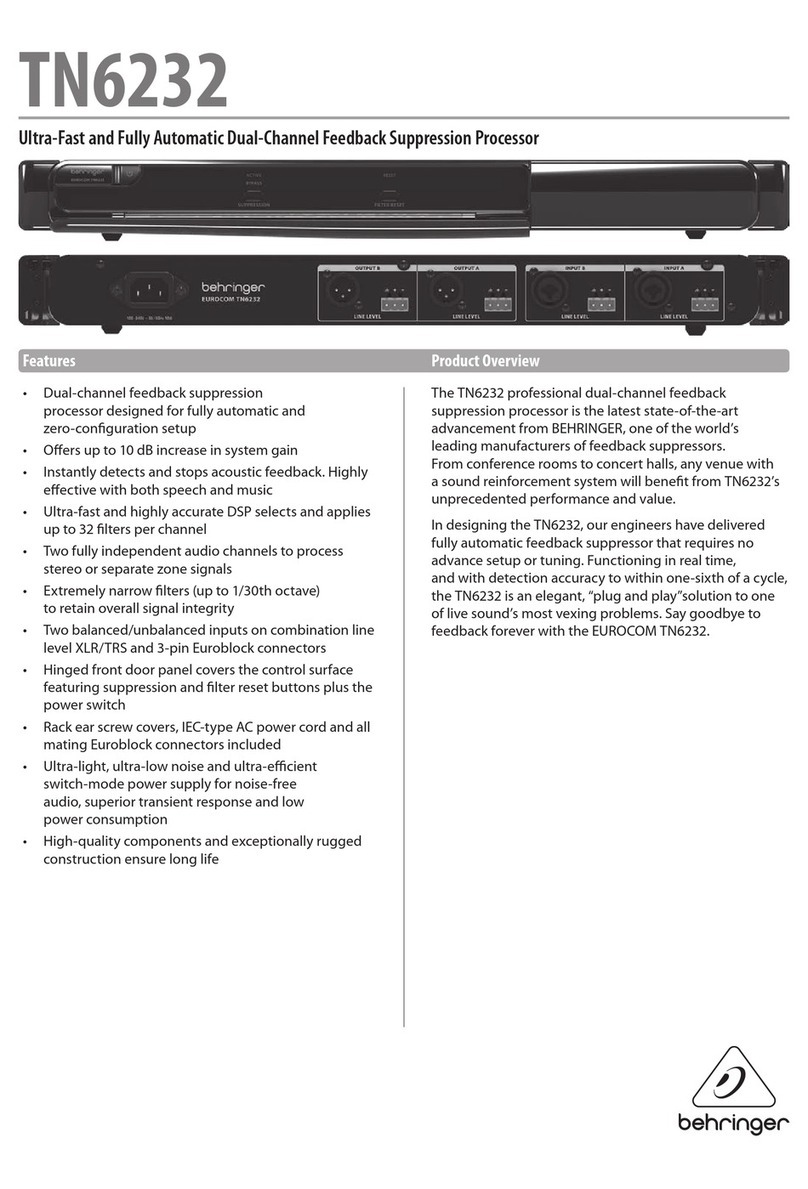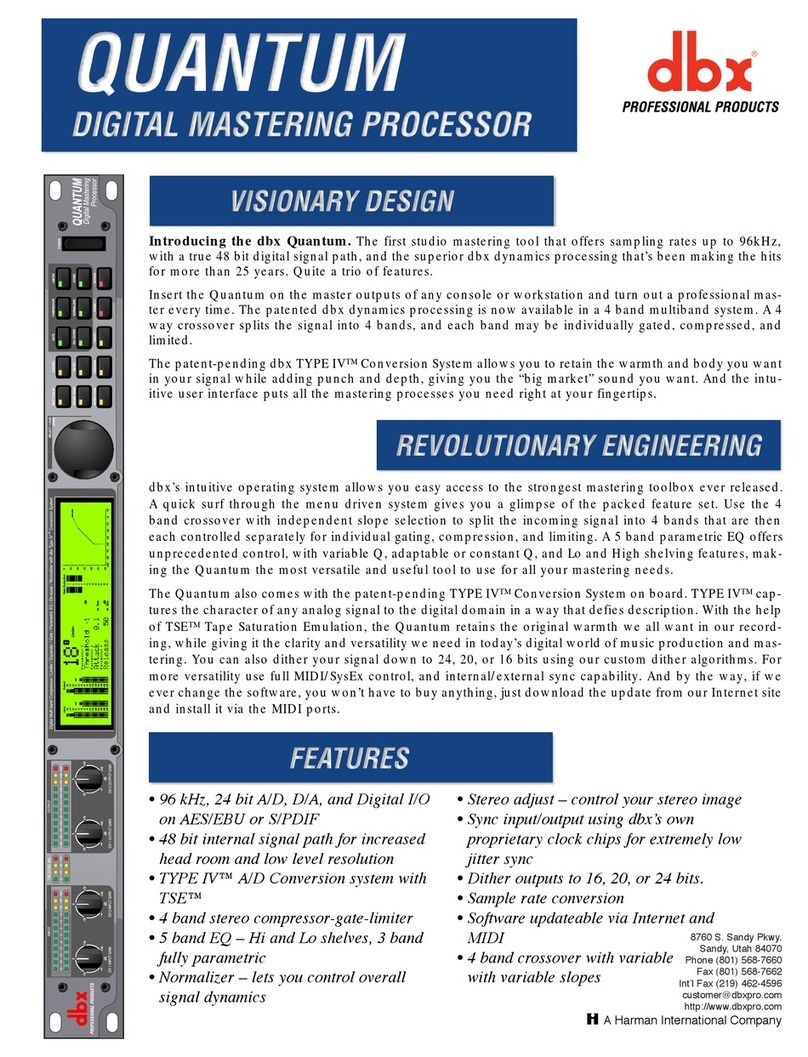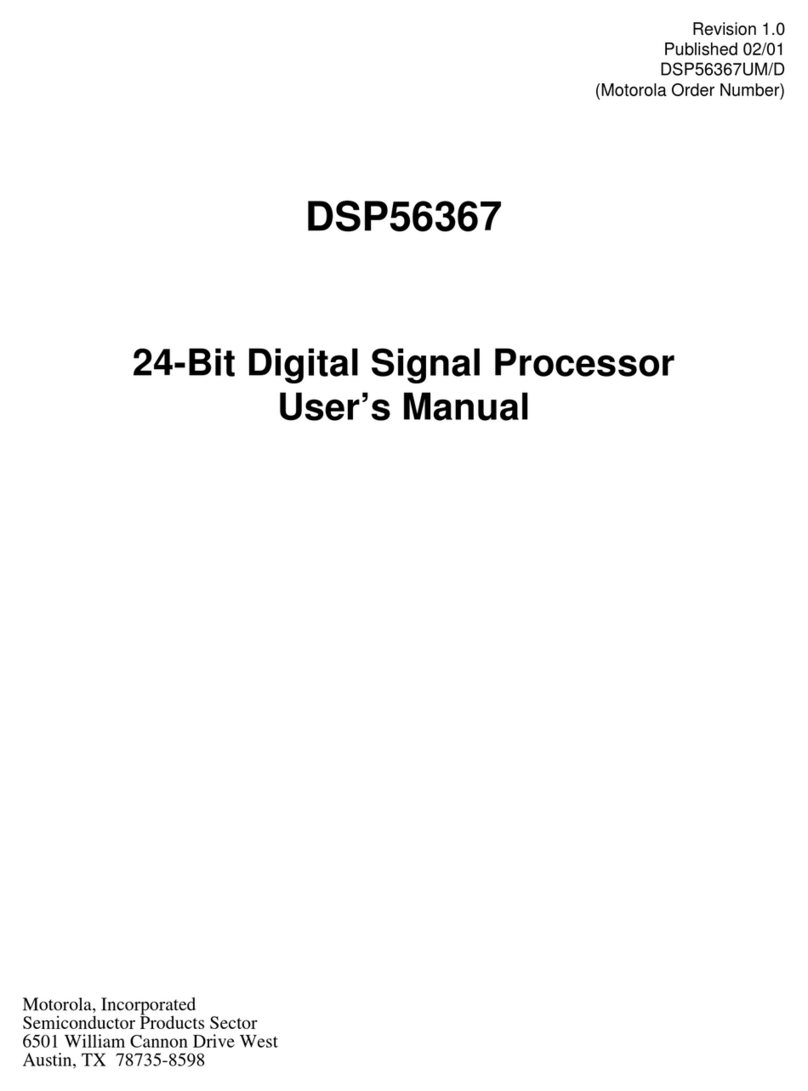
AM3359, AM3358, AM3357, AM3356, AM3354, AM3352
SPRS717H –OCTOBER 2011–REVISED MAY 2015
www.ti.com
• Five ADPLLs to Generate System Clocks Transmission (SPDIF, IEC60958-1, and
(MPU Subsystem, DDR Interface, USB and AES-3 Formats)
Peripherals [MMC and SD, UART, SPI, I2C], • FIFO Buffers for Transmit and Receive (256
L3, L4, Ethernet, GFX [SGX530], LCD Pixel Bytes)
Clock) – Up to Six UARTs
– Power • All UARTs Support IrDA and CIR Modes
• Two Nonswitchable Power Domains (Real- • All UARTs Support RTS and CTS Flow
Time Clock [RTC], Wake-Up Logic Control
[WAKEUP]) • UART1 Supports Full Modem Control
• Three Switchable Power Domains (MPU – Up to Two Master and Slave McSPI Serial
Subsystem [MPU], SGX530 [GFX], Interfaces
Peripherals and Infrastructure [PER]) • Up to Two Chip Selects
• Implements SmartReflex™ Class 2B for • Up to 48 MHz
Core Voltage Scaling Based On Die – Up to Three MMC, SD, SDIO Ports
Temperature, Process Variation, and • 1-, 4- and 8-Bit MMC, SD, SDIO Modes
Performance (Adaptive Voltage Scaling
[AVS]) • MMCSD0 has Dedicated Power Rail for
1.8‑V or 3.3-V Operation
• Dynamic Voltage Frequency Scaling (DVFS) • Up to 48-MHz Data Transfer Rate
• Real-Time Clock (RTC) • Supports Card Detect and Write Protect
– Real-Time Date (Day-Month-Year-Day of Week)
and Time (Hours-Minutes-Seconds) Information • Complies With MMC4.3, SD, SDIO 2.0
Specifications
– Internal 32.768-kHz Oscillator, RTC Logic and
1.1-V Internal LDO – Up to Three I2C Master and Slave Interfaces
– Independent Power-on-Reset • Standard Mode (up to 100 kHz)
(RTC_PWRONRSTn) Input • Fast Mode (up to 400 kHz)
– Dedicated Input Pin (EXT_WAKEUP) for – Up to Four Banks of General-Purpose I/O
External Wake Events (GPIO) Pins
– Programmable Alarm Can be Used to Generate • 32 GPIO Pins per Bank (Multiplexed With
Internal Interrupts to the PRCM (for Wakeup) or Other Functional Pins)
Cortex-A8 (for Event Notification) • GPIO Pins Can be Used as Interrupt Inputs
– Programmable Alarm Can be Used With (up to Two Interrupt Inputs per Bank)
External Output (PMIC_POWER_EN) to Enable – Up to Three External DMA Event Inputs that can
the Power Management IC to Restore Non-RTC Also be Used as Interrupt Inputs
Power Domains – Eight 32-Bit General-Purpose Timers
• Peripherals • DMTIMER1 is a 1-ms Timer Used for
– Up to Two USB 2.0 High-Speed OTG Ports Operating System (OS) Ticks
With Integrated PHY • DMTIMER4–DMTIMER7 are Pinned Out
– Up to Two Industrial Gigabit Ethernet MACs (10, – One Watchdog Timer
100, 1000 Mbps) – SGX530 3D Graphics Engine
• Integrated Switch • Tile-Based Architecture Delivering up to 20
• Each MAC Supports MII, RMII, RGMII, and Million Polygons per Second
MDIO Interfaces • Universal Scalable Shader Engine (USSE) is
• Ethernet MACs and Switch Can Operate a Multithreaded Engine Incorporating Pixel
Independent of Other Functions and Vertex Shader Functionality
• IEEE 1588v2 Precision Time Protocol (PTP) • Advanced Shader Feature Set in Excess of
– Up to Two Controller-Area Network (CAN) Ports Microsoft VS3.0, PS3.0, and OGL2.0
• Supports CAN Version 2 Parts A and B • Industry Standard API Support of Direct3D
– Up to Two Multichannel Audio Serial Ports Mobile, OGL-ES 1.1 and 2.0, OpenVG 1.0,
(McASPs) and OpenMax
• Transmit and Receive Clocks up to 50 MHz • Fine-Grained Task Switching, Load
• Up to Four Serial Data Pins per McASP Port Balancing, and Power Management
With Independent TX and RX Clocks • Advanced Geometry DMA-Driven Operation
• Supports Time Division Multiplexing (TDM), for Minimum CPU Interaction
Inter-IC Sound (I2S), and Similar Formats • Programmable High-Quality Image Anti-
• Supports Digital Audio Interface Aliasing
2Device Overview Copyright © 2011–2015, Texas Instruments Incorporated
Submit Documentation Feedback
Product Folder Links: AM3359 AM3358 AM3357 AM3356 AM3354 AM3352

